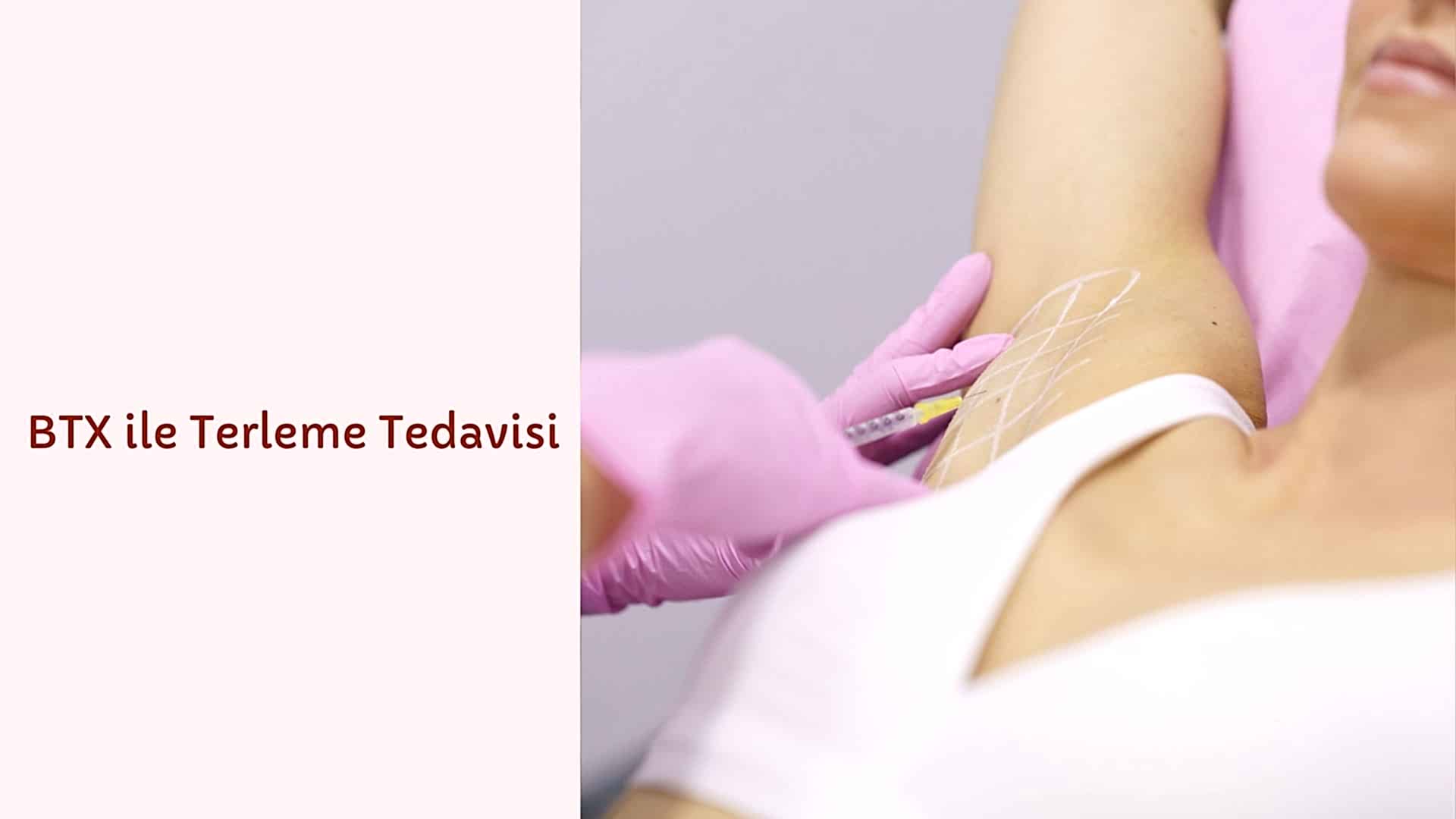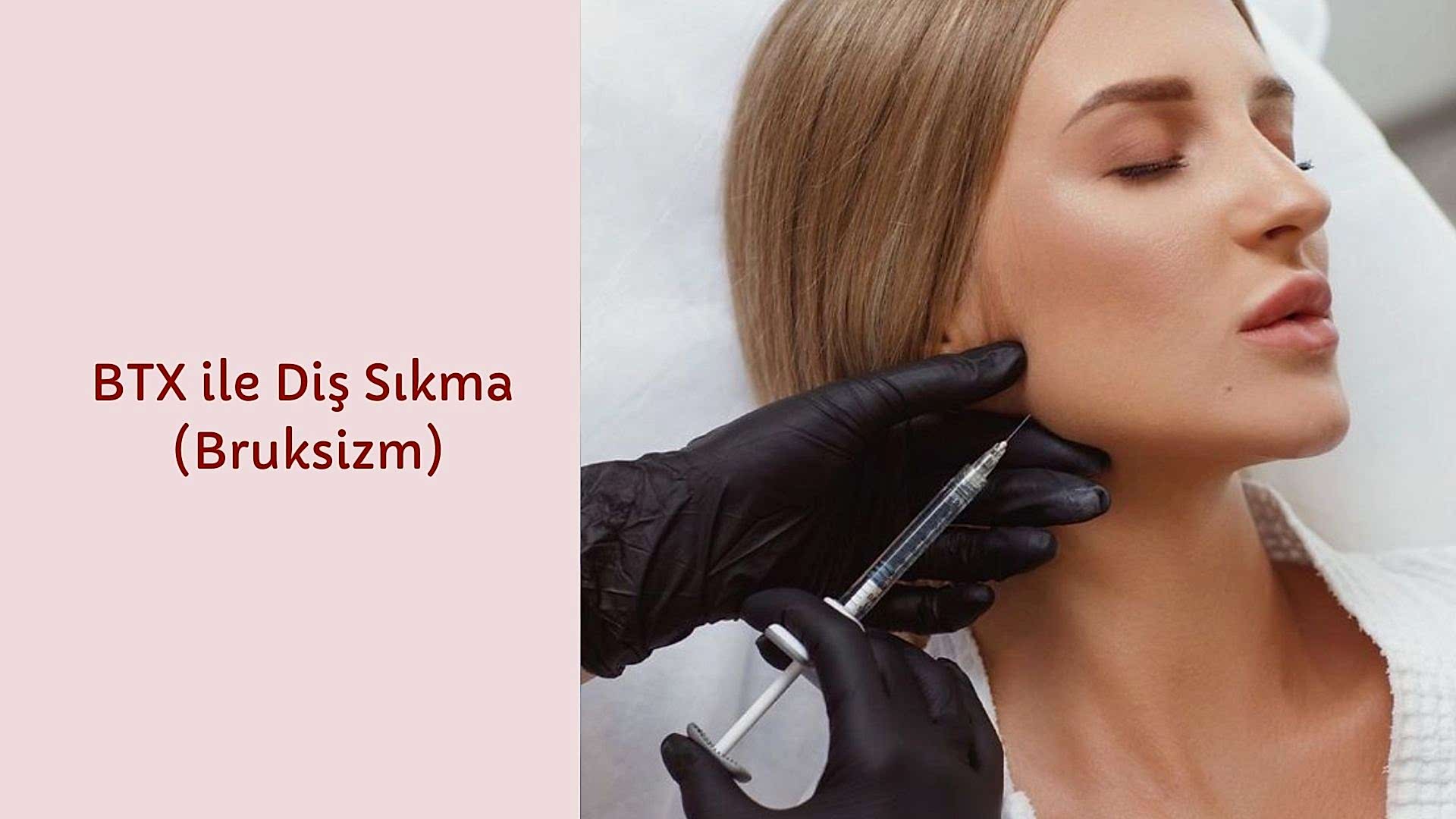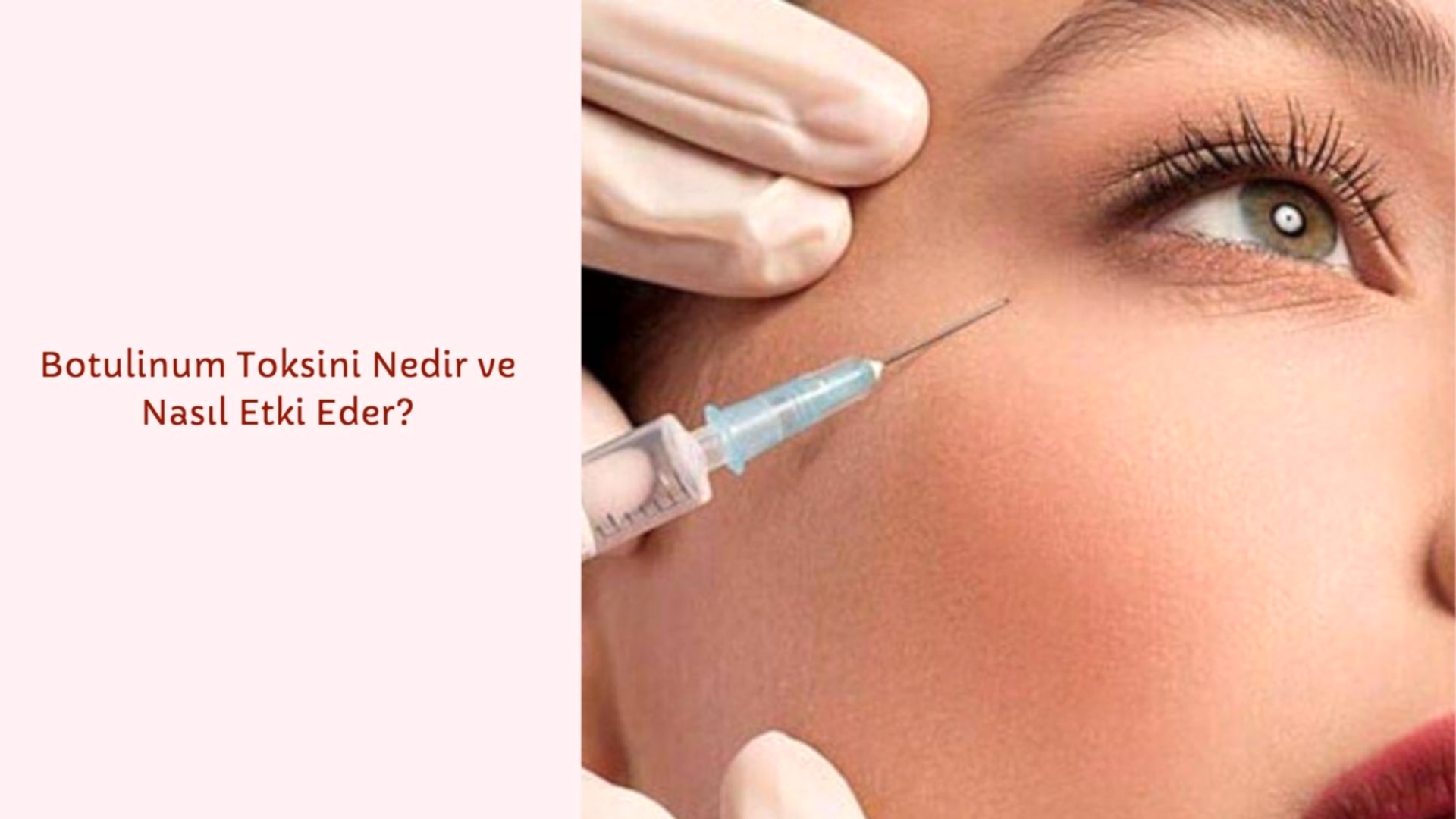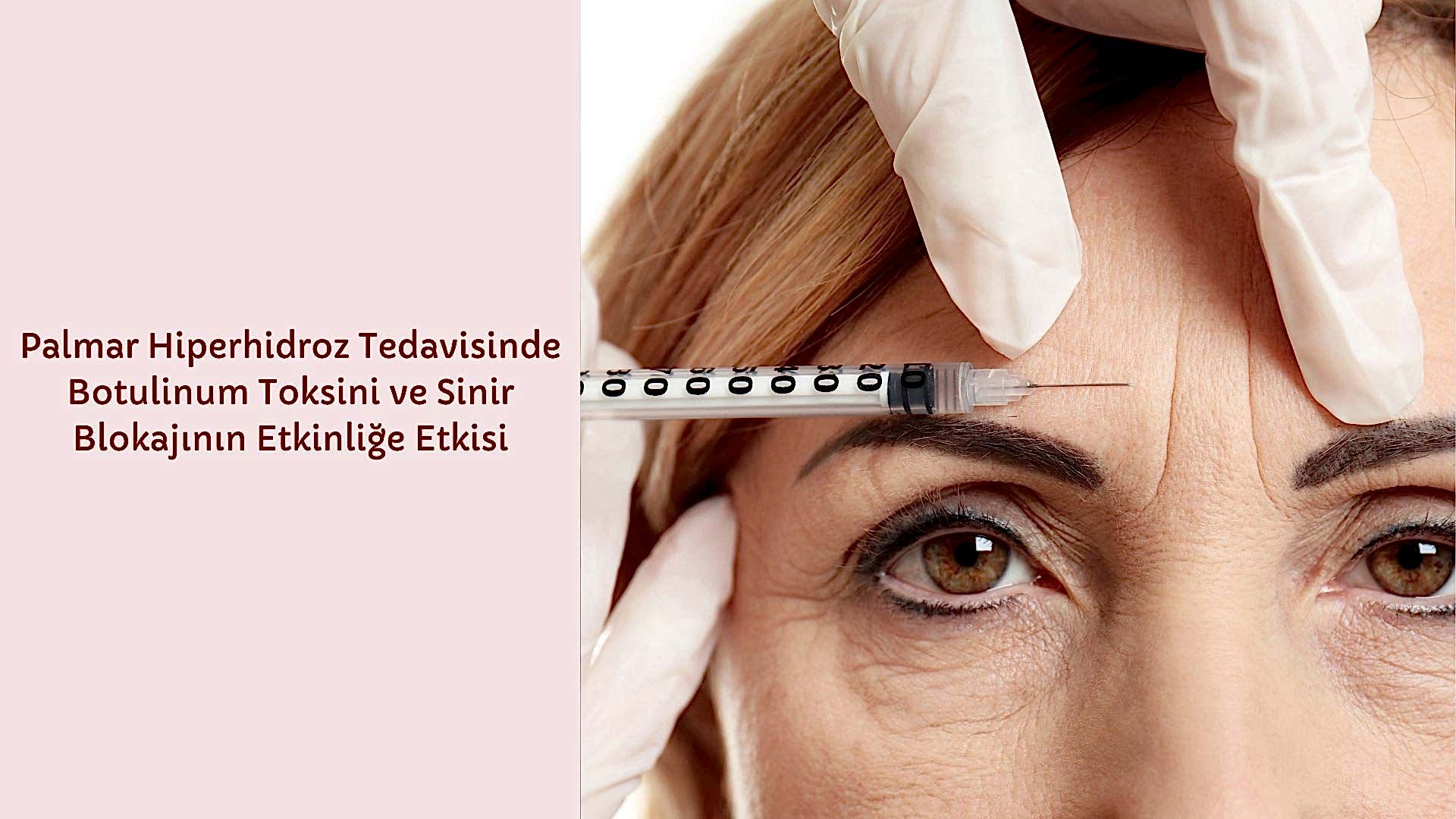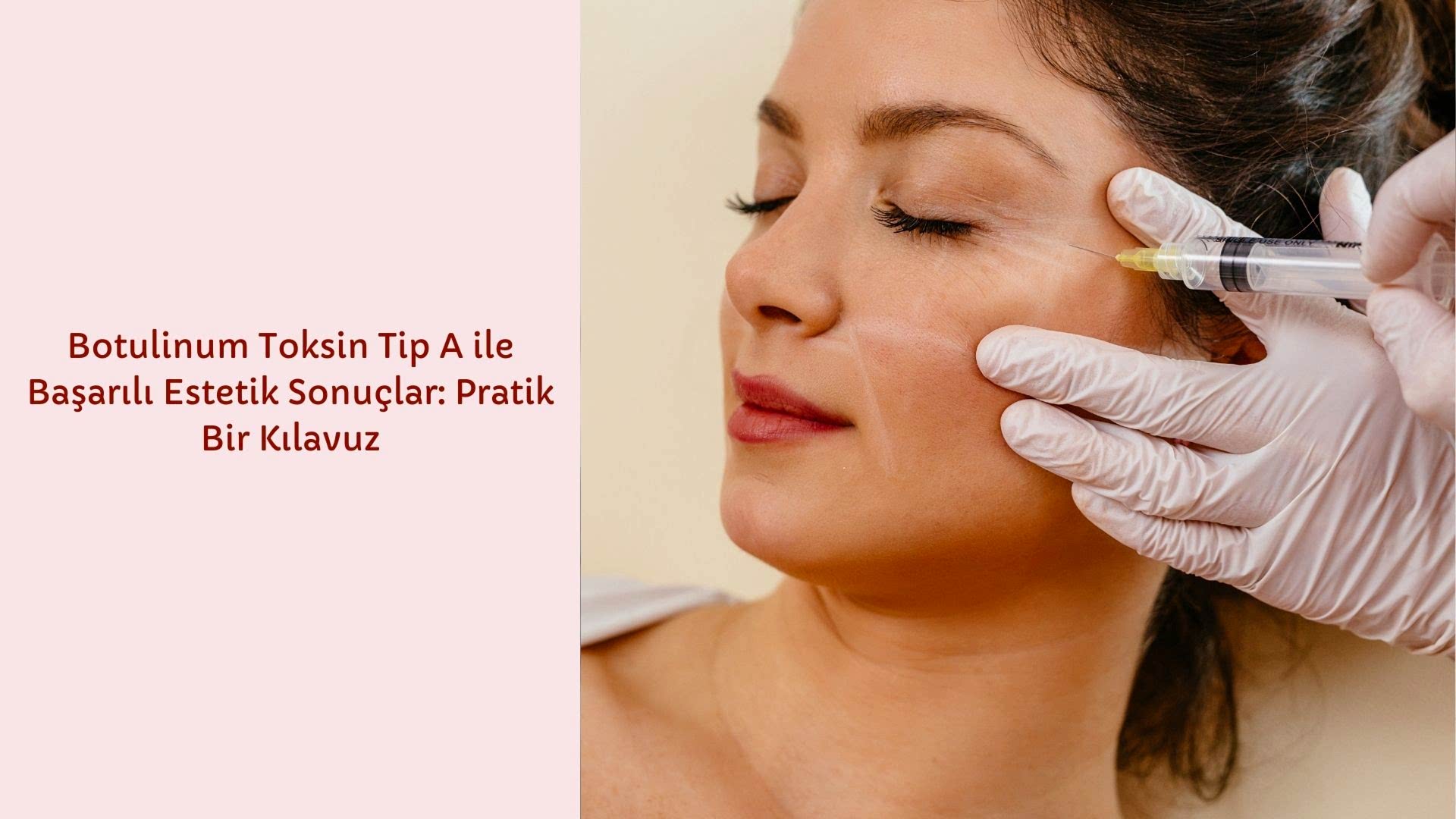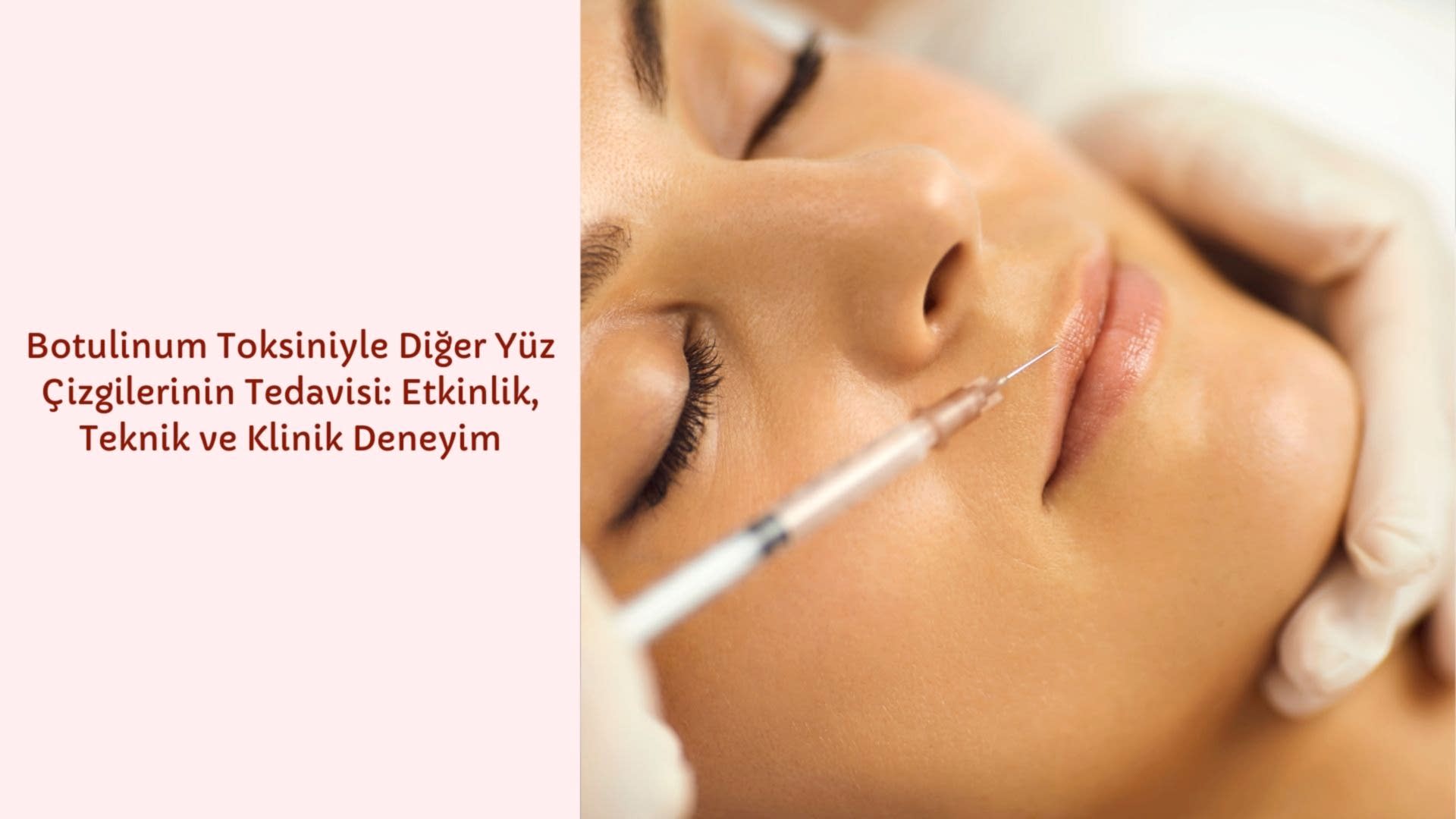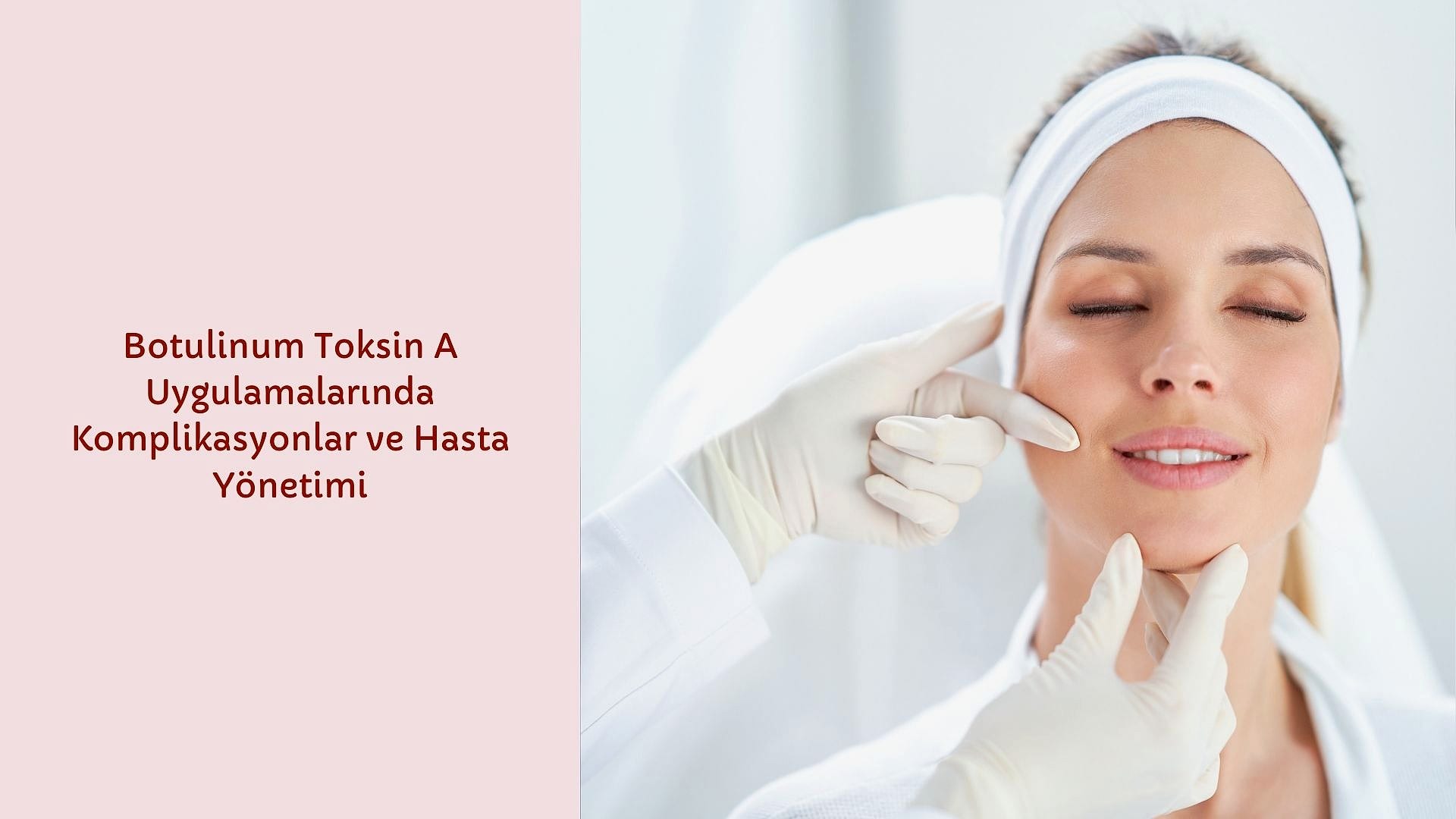Sweating Treatment with Botulinum Toxin
An Effective Solution Against Excessive Sweating
Excessive sweating, or hyperhidrosis as it is called in medicine, is a serious problem that negatively affects the social life of individuals and often results in embarrassment, embarrassment and loss of self-confidence. Especially in areas such as hands, feet and armpits, intense sweating can be a major source of discomfort in interpersonal relationships and daily activities. As Ankara Life Polyclinic, we offer a permanent, effective and reliable solution to this problem: Sweating treatment with Botulinum toxin.
What is Hyperhidrosis?
Hyperhidrosis is sweat production that is much higher than normal physiological needs. This condition, the exact cause of which is not known, is usually associated with excessive eccrine sweat glands. Topical or oral medications, iontophoresis and even some surgical interventions are ineffective in a significant number of patients or can cause serious side effects. Botulinum toxin temporarily stops sweating by blocking the transmission of sympathetic nerve fibers to the eccrine glands, and thus offers a highly effective treatment option.
How Does Botulinum Toxin Prevent Sweating?
Botulinum toxin blocks the nerve signals reaching the eccrine sweat glands by preventing the release of acetylcholine. Thus, the sweat glands are deactivated and sweating stops. Although this effect is temporary, long-term comfort can be achieved with applications performed at regular intervals. The application is much less risky than surgical or systemic drug treatments and is a local, minimally invasive procedure.
Application Areas
The main sweating areas that we treat with botulinum toxin at Ankara Life Polyclinic are as follows:
Palms
Soles
Axillary regions
Between the fingers and toes
Each area is evaluated with different doses and techniques according to its anatomical and physiological characteristics.
Application Protocol
The iodine-starch test is applied before the treatment to clearly determine the areas that sweat excessively. In this test, potato starch is sprinkled on the area where the iodine solution is applied. The sweating areas turn black, indicating the areas to be injected. In this way, the toxin is applied only to the necessary areas and the effectiveness is increased.
An average of 50 units of botulinum toxin may be required for the armpit area, and up to 100 units may be required for the palms or soles of the feet.
Injections are usually applied with fine-tipped needles at intervals of 1.5 cm and to a depth of approximately 3 mm. A tuberculin syringe with a size 30 is preferred.
Duration of Effect and Results
The effects after treatment usually start within 3-5 days, and the peak of effectiveness is seen within 2 weeks. The average duration of effect is 4-6 months, although this period may be longer in some individuals. With regular applications, visible permanent reductions in sweating complaints can be achieved.
Pain Control
Injections made especially to the palms and soles of the feet can be painful. Therefore:
Topical anesthetic creams such as EMLA or ELA-Max can be used before the application.
If necessary, pain control can be achieved with regional nerve blocks (median, ulnar, radial nerve).
In addition, supportive methods such as cooling with ice packs or anxiety control with nitrous oxide inhalation can be applied.
Possible Side Effects
Botulinum toxin treatment is quite safe, but some side effects may occur rarely:
Bruising or tenderness at the injection site
Temporary muscle weakness depending on the application area (especially in applications in the palm of the hand)
Drop or asymmetry at the corner of the mouth (in the lower face area)
Rarely, complications such as difficulty swallowing and ptosis
As Doctor Fatma Yıldız, we evaluate the medical history of each patient at Ankara Life Polyclinic and plan the treatment in cases such as autoimmune diseases or muscle-nerve conduction disorders.
Efficacy and Immunological Resistance
The risk of developing antibodies against botulinum toxin is quite low. The doses used in cosmetic indications minimize this risk. However, the dosage protocol should be carefully planned in patients who will be applied at high doses, for long periods of time and at frequent intervals. The presence of different toxin types (A and B) allows for alternative applications when necessary.
Definition of Hyperhidrosis and Mechanism of Action of Botulinum Toxin
Hyperhidrosis is a disorder that often responds to emotional or environmental stimuli with excessive sweating. The eccrine sweat glands, which are responsible for thermoregulation, are stimulated by the sympathetic nervous system via acetylcholine. Botulinum toxin type A temporarily stops the activity of the sweat glands by inhibiting the release of acetylcholine. In this way, long-term anhidrosis, i.e., a state of not sweating, is provided in the area where sweating is a complaint.
Treatment Areas and Application Method
1. Axillary Hyperhidrosis (Underarm Sweating)
With 28–50 units of botulinum toxin injections made at 2 cm intervals into the axillary region, sweat-free periods lasting 4 to 8 months have been achieved. In measurements made in clinics, a 70–85% decrease in sweating rates was achieved, and no histological changes were observed in the sweat glands after the application.
2. Palmar Hyperhidrosis (Palm Sweating)
Injections in the hand region require more care, because there is a risk of muscle weakness. For this reason, some patients are reduced by applying median and ulnar nerve blockade to reduce injection pain. 36–120 units of toxin are used for each hand. The duration of effect varies between 3 and 12 months. Injection depth and technique are determining factors in both effectiveness and complication risks.
Duration of Effect and Success Rates
Axillary hyperhidrosis: 2–8 months
Palmar hyperhidrosis: 13 weeks – 12 months
Objective measurements have shown a decrease in sweating of over 90% in some cases.
Side Effects and Safety
Botulinum toxin injection is a minimally invasive method and is much safer than surgery. However, there may be some temporary side effects: pain at the injection site, bruising, temporary weakness in the hand muscles. Injection techniques should be carefully planned to avoid damaging the muscles, especially in hand and foot treatments.
Suitability for Treatment and Evaluation Process
Secondary causes (e.g. hyperthyroidism, diabetes, neurological disorders) are excluded before starting hyperhidrosis treatment at Ankara Life Polyclinic. Then, sweating areas are detected with the Minor iodine-starch test and a personalized dose plan is made. In necessary cases, pain control is provided with topical anesthetics such as EMLA or nerve blockade.
Clinical Experience and Patient Satisfaction
As Doctor Fatma Yıldız, we offer a special approach to each patient in the treatment of hyperhidrosis. The feedback from our patients after the application is both a decrease in sweating complaints and a significant improvement in quality of life. The increase in self-confidence experienced especially in social life also highlights the psychological benefits of this treatment.
Conclusion
Excessive sweating complaints are not only physiological, but also a condition that can lead to serious psychosocial problems. Sweating treatment with botulinum toxin stands out as a safe, fast and effective method and is successfully applied at Ankara Life Polyclinic.
As Doctor Fatma Yıldız, we aim to increase your quality of life with our treatment plans specially prepared for each patient. You can now say goodbye to your concerns caused by sweating problems and step into a more confident and comfortable life.
